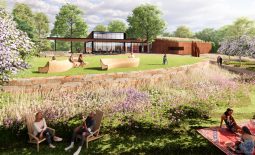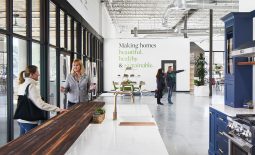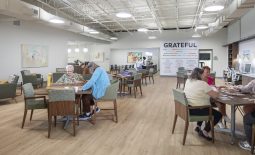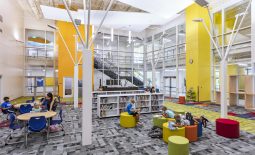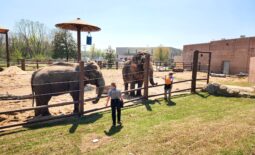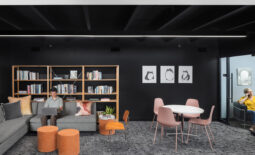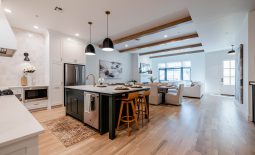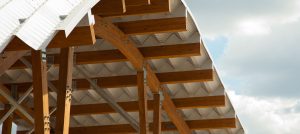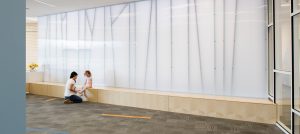Words have a way of trending in architecture that make them seem like innovations. Placemaking is one of those words. Placemaking, an approach to urban planning and design that creates inviting environments on a community scale, has always been a part of architectural vocabulary. But our recent understanding of the impact of “place” has deepened. The purposeful design of place is an opportunity to significantly enrich people’s lives — fostering not only community, but a greater self-awareness of the highly individualistic beings that comprise it.
Life is filled with noise, clutter, appointments, and deadlines. Seeking out a place to grab a minute of solace or to unwind with friends becomes a necessity. Think about those moments when you really connect with a place. Perhaps it’s an unassuming bench placed in a light filled room. Or a rooftop terrace with amazing views of downtown. Settings like these mean something different to each person, yet they unite us all with a special attachment to that place.
What if these places could also exist in our schools, retail environments and workplaces? Creating a place where people want to be is about fostering a sense of belonging. A place well-attuned to an intimate, human scale has the power of putting one at ease and instilling a desire to linger.
Think of your daily routine threaded with places that have thoughtfully arranged seating to elicit conversation, connections to nature or sweeping views. Opportunities for these special places can be found everywhere and are created for a variety of reasons: a business looking to attract a younger workforce, to increase employee retention rates, or to simply make customers feel comfortable and welcome. We must take care of ourselves, our workforce, and our patrons.
As we grow our identity as a city, we must keep creating these places for human beings to feel uniquely at home. Architecture has the power to shape these places to be; they don’t happen by accident. Great design accomplishes this. There is so much momentum in downtown Tulsa. Take a minute to walk through Brady, Blue Dome, East Village and find your place. A place to be enlightened. A place to revel in being human. A place to be.
Janet Selser is an architect and the co-founder and president of Selser Schaefer Architects in Tulsa. Selser Schaefer Architects draws upon years of experience and evidence-based best practices to design environments that support and create community. She is a member of the Tulsa World Community Advisory Board. Opinion piece by board members appear in this space each week.
This article appeared in the Tulsa World November 6, 2016..

